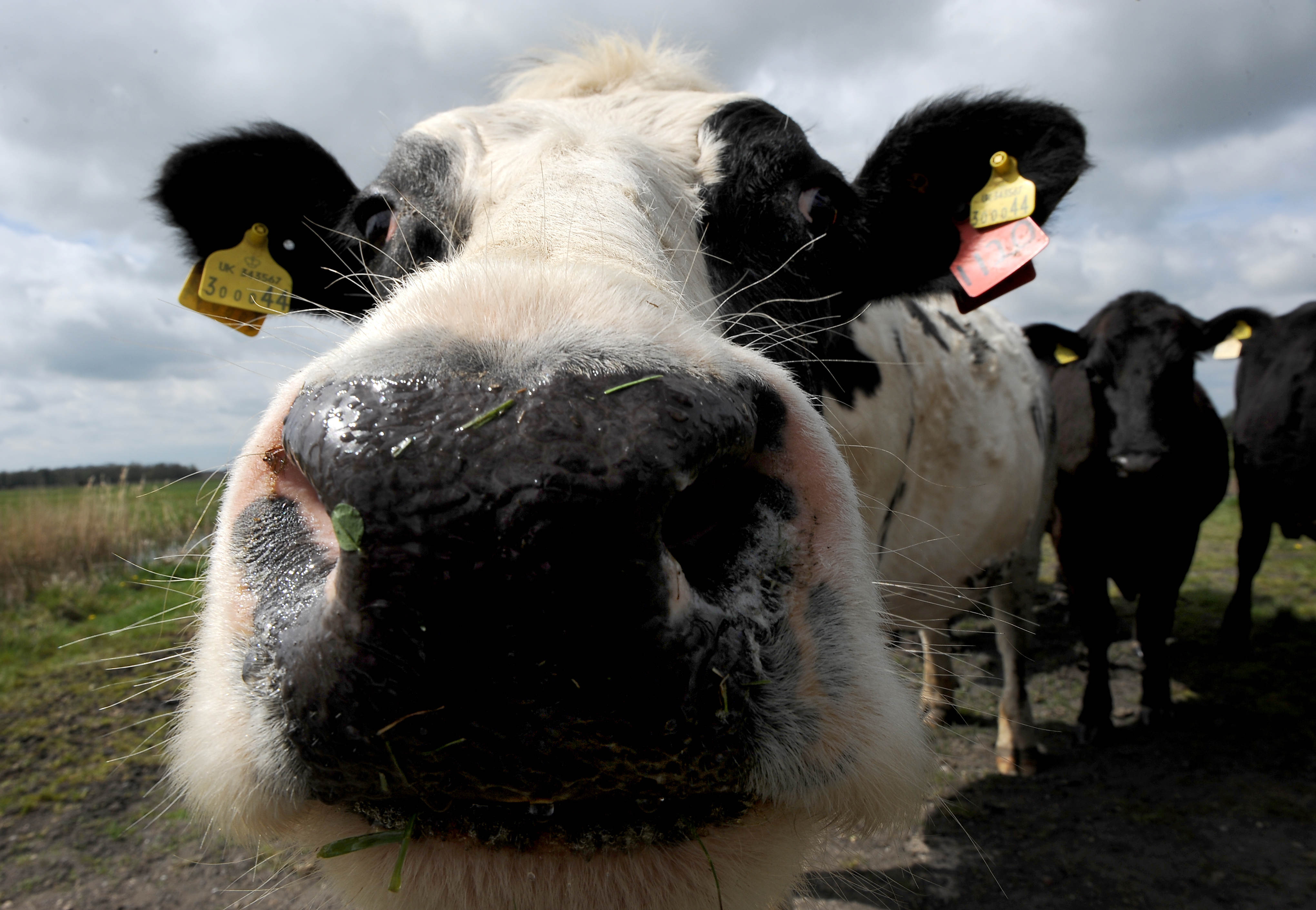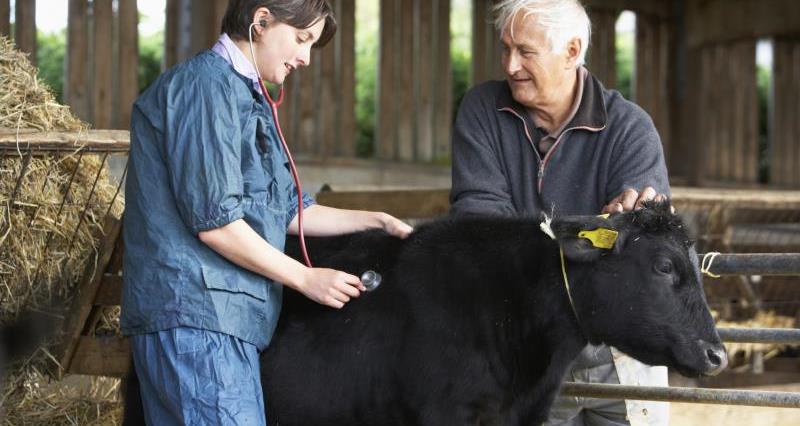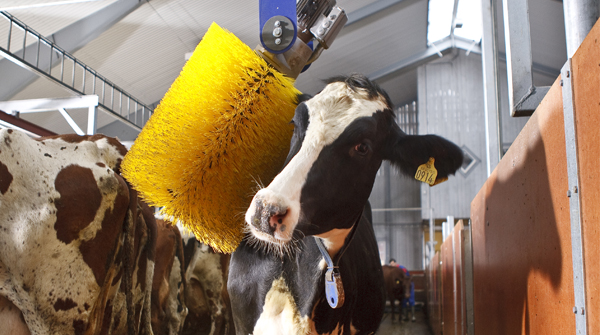As part of the campaign, we've asked representatives of Red Tractor, the BCVA and the RSPCA to share how they are supporting dairy farmers. Find out how our industry looks after #HappyCows below - and don't forget to join in with your pictures, videos and posts on social media.
- Jessica Sloss, Red Tractor farm assurance
- Dr Emily Coughlan, RSPCA
- Phil Elkins, British Cattle Veterinary Association (BCVA)
How can YOU make a difference on World Milk Day? Read our member guide here.
Jessica Sloss, Red Tractor
You may have spotted the Red Tractor logo on your milk bottle while making your breakfast this morning. The logo demonstrates that the milk is British; it has come from British farms and has been processed and bottled within the UK. It also means that these farms have been independently checked to ensure they are meeting the rigorous production standards required by Red Tractor.
'Animal welfare is a key component of the Red Tractor scheme and one which we are very passionate about. Our standards ensure that Red Tractor farmers have the knowledge and skills needed to look after the cows, understand their needs and maintain their health and welfare.'
A core element of good welfare is good housing. Red Tractor standards ensure that all cows have access to shelter to protect them from the weather, that they have enough space to move around and lie down, and that their housing or shelter is safe, comfortable and well ventilated.
Just like you, cows require a balanced diet and fresh clean drinking water in order to stay in tip-top condition. Red Tractor standards make sure that all cows are given nutritious feed and unlimited access to fresh, clean water so they can stay fit and healthy.
Like people, animals can get unwell. Red Tractor dairy farmers keep a health plan for their cows and work with their vet in preventing animals from getting ill in the first place. At times, illness can’t be predicted or prevented, in which case Red Tractor farmers and their vets act promptly to treat the cow responsibly and appropriately, keeping detailed records of any medicines they may have to administer.
This is just one element of what the Red Tractor standards cover. Find out more at www.redtractor.org.uk and next time you are out shopping, look for the Red Tractor logo on milk, yoghurt, cheese and other dairy products for a sign of great food and great farming!
- BACK TO TOP -

Dr Emily Coughlan, RSPCA
The UK dairy industry has progressed greatly in the last few years despite facing many challenges, not least the falling milk prices.
Dairy farmers can be proud of achieving some improvement in lameness (poor leg health) and mastitis (a painful udder infection) for their cows on-farm. Also, the industry now has an increased focus on breeding cows for improved health and welfare, instead of just focussing so heavily on increasing milk production.
'This broadened focus will help ensure dairy cows don’t just have a good milk yield, but also live longer, healthier lives.'
The latest Cattle Health and Welfare Group report (CHAWG, November 2016) further illustrates how much progress the UK dairy industry is making in this area, as well as the number of schemes that are in place that are currently aimed at improving dairy cow health and welfare on-farm.
The RSPCA, as well as supporting and advising the dairy industry through the committees it is represented on, has also been updating its higher welfare standards for dairy cows.
Implementation of these standards on-farm will further help safeguard dairy cow welfare. Considering what the dairy industry has achieved in the last few years we are optimistic that, through the collective desire from consumers and industry to further improve dairy cow welfare, we can continue to breed and keep healthier and happier cows on our UK dairy farms.
- BACK TO TOP -

Phil Elkins, British Cattle Veterinary Association (BCVA)
Vets have always been involved in being the guardians of animal welfare.
Historically this has been about the care and rehabilitation of sick animals. The modern farm vet has a far greater impact through the provision of animal health planning. This involves monitoring disease levels, identifying choke points, and advising on suitable interventions. This has led to some real tangible successes at individual farm and national herd levels.
We have a far greater knowledge now of the objectively measurable inputs that negatively affect health, or from a different angle, to maximise the health and welfare of the animals under our care: How much feed space is needed per cow? How do we quantify and optimise the ventilation of a shed? How do we optimise cow flow around a building?
'It is through considering the inputs that we can now say without doubt that we have the knowledge and skills to help ensure the welfare of British farm animals is not only better than 20 years ago, but also some of the best in the world. By working together with the best farmers, this opportunity is becoming reality.'
- BACK TO TOP -
